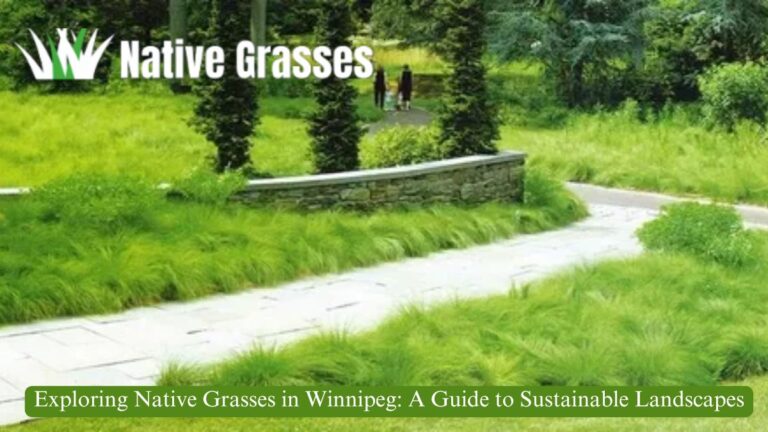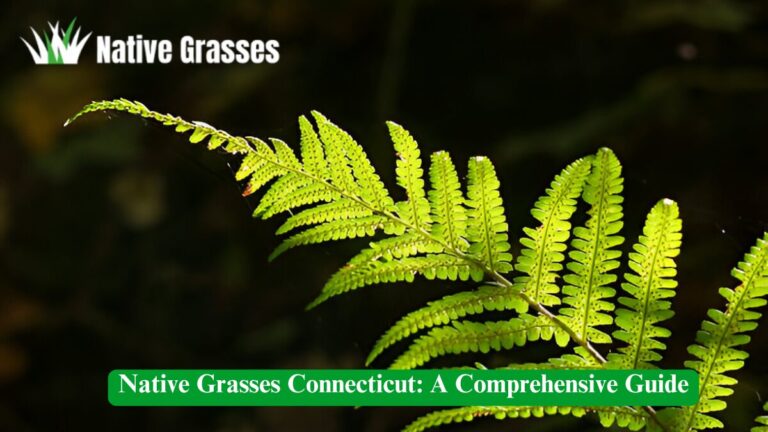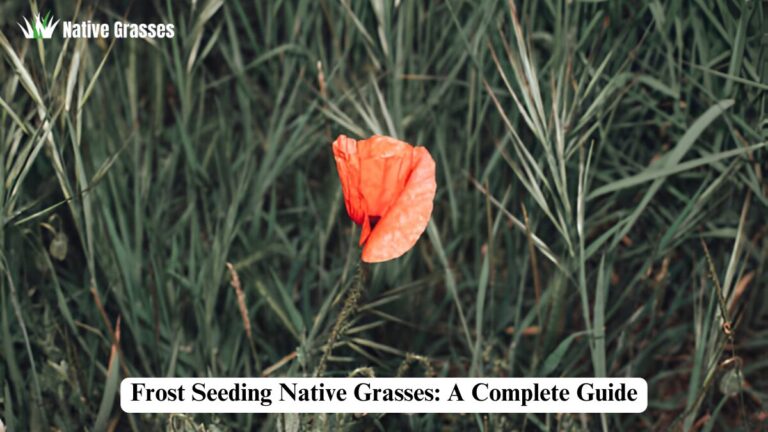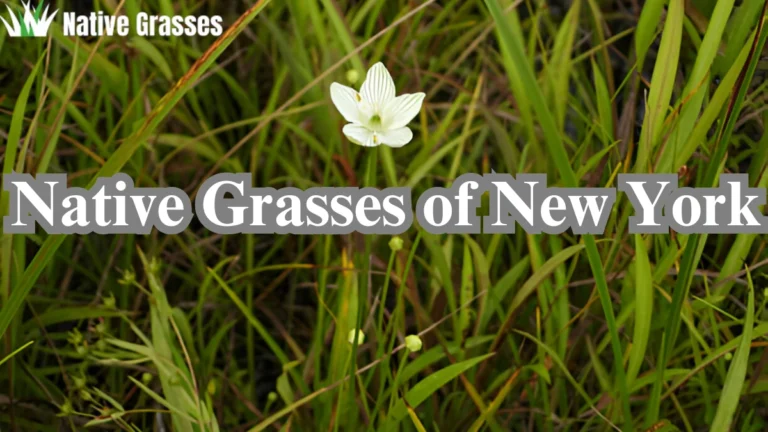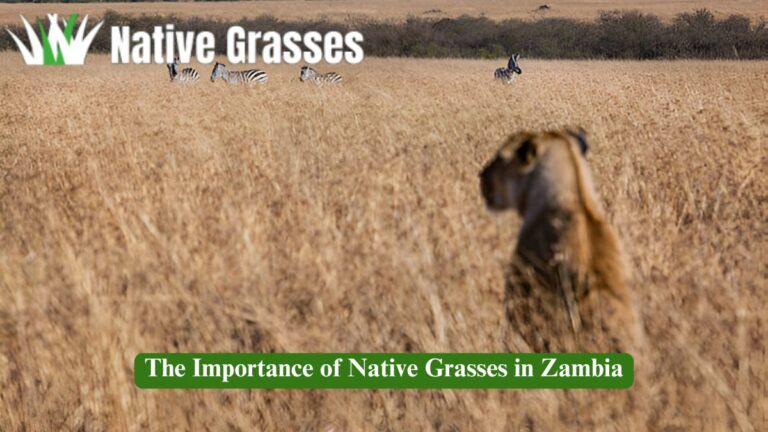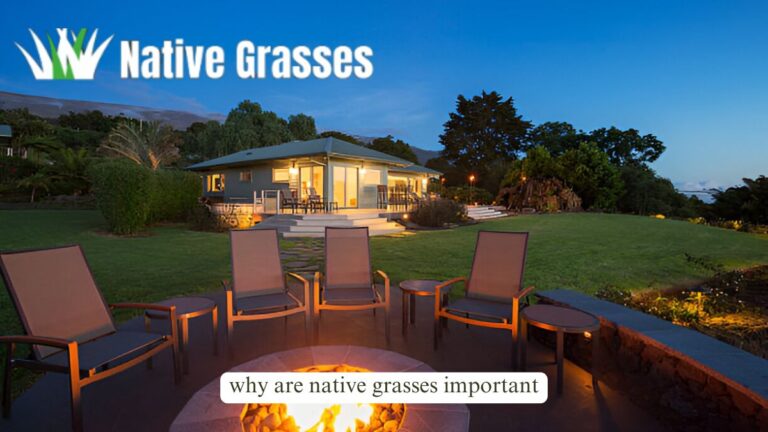Grass Native to North America: A Comprehensive Guide
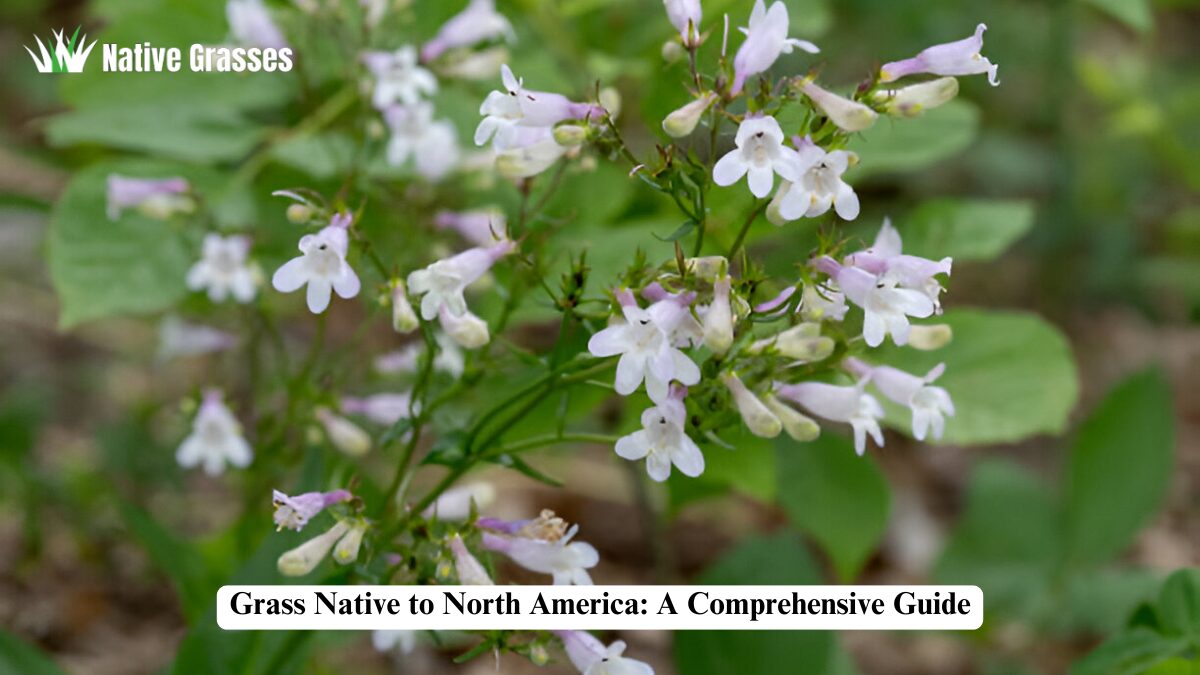
North America is home to an extraordinary variety of native grasses that have evolved to thrive in its diverse climates and ecosystems. These grasses play a crucial role in maintaining ecological balance, providing habitat for wildlife, and supporting human activities like agriculture and landscaping. From the windswept prairies to arid deserts and lush wetlands, native grasses have shaped the continent’s natural landscapes and cultural history.
In this comprehensive guide, we’ll explore the different types of grasses native to North America, their ecological significance, practical applications, and how you can incorporate them into your landscaping or conservation projects. This article provides in-depth knowledge, facts, and actionable insights to help you understand and appreciate these resilient plants.
Importance of Native Grasses
Ecological Benefits
Native grasses are the backbone of many ecosystems, offering numerous environmental advantages:
- Erosion Prevention: Their dense root systems stabilize soil and prevent erosion on slopes, riverbanks, and plains.
- Water Filtration: They filter pollutants from runoff water, enhancing water quality.
- Wildlife Habitat: Many species rely on native grasses for food, shelter, and nesting sites. For example, bison historically grazed on tallgrass prairies, while birds like meadowlarks nest in these grasses.
- Carbon Sequestration: Native grasses store carbon in their extensive root systems, helping mitigate climate change.
Cultural and Historical Significance
- Indigenous Uses: Native grasses like big bluestem were used by Indigenous peoples for food, medicine, and building materials.
- Agricultural Legacy: Early settlers relied on native grasslands for grazing livestock and growing crops.
- Prairie Preservation: Efforts to restore prairies highlight the historical and ecological importance of native grasslands.
Economic Benefits
- Low Maintenance: Native grasses require less water, fertilizers, and pesticides, reducing costs.
- Resilient Landscapes: Their natural adaptability minimizes the need for replacement or repair in landscaping projects.
- Biodiversity Boost: Healthy ecosystems supported by native grasses can increase crop pollination and pest control.
Characteristics of North American Native Grasses
Growth Habits
Native grasses exhibit two primary growth habits:
- Warm-Season Grasses: These grasses, such as switchgrass, thrive in summer and are drought-tolerant.
- Cool-Season Grasses: Grasses like Canada wild rye grow actively in spring and fall, making them ideal for temperate regions.
Root Systems
- Deep Roots: Species like big bluestem have roots that can extend over 10 feet deep, improving soil structure and drought resilience.
- Fibrous Roots: Grasses with fibrous roots, such as buffalograss, are excellent for erosion control.
Adaptability
- Climate Resilience: Native grasses are adapted to various conditions, from arid deserts to wetland marshes.
- Soil Versatility: They thrive in sandy, clay, and rocky soils, making them suitable for diverse landscapes.
Iconic Native Grasses of North America
Big Bluestem (Andropogon gerardii)
Description
- Height: 4-8 feet
- Color: Blue-green stems turn reddish-purple in the fall.
- Flowering: Produces seed heads resembling a turkey’s foot.
Growing Conditions
- Light: Full sun
- Soil: Prefers well-drained soils but tolerates a range of soil types.
- Moisture: Moderate drought tolerance.
Uses
- Dominates tallgrass prairies.
- Provides forage for livestock.
- Offers habitat for pollinators and ground-nesting birds.
Buffalograss (Bouteloua dactyloides)
Description
- Height: 6-12 inches
- Color: Gray-green foliage that turns tan in winter.
- Flowering: Produces small, inconspicuous flowers.
Growing Conditions
- Light: Thrives in full sun.
- Soil: Adapts to clay and sandy soils.
- Moisture: Extremely drought-tolerant.
Uses
- Ideal for low-maintenance lawns.
- Provides erosion control in arid regions.
- Serves as forage for grazing animals.
Switchgrass (Panicum virgatum)
Description
- Height: 3-6 feet
- Color: Green foliage turns golden in fall.
- Flowering: Produces airy, pink-tinged seed heads.
Growing Conditions
- Light: Prefers full sun.
- Soil: Tolerates wet and dry soils.
- Moisture: Can withstand flooding and drought.
Uses
- Key species in bioenergy production.
- Stabilizes riverbanks and slopes.
- Supports wildlife, including pollinators and birds.
How to Identify Native Grasses
Leaf Shape and Texture
- Narrow Leaves: Most native grasses have slender, blade-like leaves.
- Smooth or Hairy Surfaces: Depending on the species, leaf surfaces may be smooth or covered in fine hairs.
Growth Form
- Clumping Grasses: Species like little bluestem grow in distinct clumps.
- Spreading Grasses: Buffalograss forms dense mats.
Seed Heads
- Distinct Shapes: Seed heads vary widely, from the feathery plumes of switchgrass to the “turkey foot” shape of big bluestem.
Incorporating Native Grasses into Landscaping
Designing with Native Grasses
- Meadows: Combine tall and short grasses with wildflowers for a vibrant, low-maintenance meadow.
- Borders: Use grasses like little bluestem as decorative borders.
- Ground Covers: Buffalograss is ideal for covering large areas with minimal upkeep.
Maintenance Tips
- Watering: Minimal watering is needed once established.
- Pruning: Cut back in late winter to allow for new growth in spring.
- Weeding: Remove invasive species to maintain the integrity of native grass plantings.
Case Studies: Successful Native Grass Restorations
Tallgrass Prairie National Preserve, Kansas
This preserve showcases the success of restoring tallgrass prairie ecosystems. Efforts include:
- Reintroducing native species like big bluestem and Indian grass.
- Using prescribed burns to maintain healthy grasslands.
- Hosting educational programs to promote prairie conservation.
Blackland Prairie, Texas
In Texas, restoration projects focus on:
- Planting drought-resistant grasses like sideoats grama.
- Protecting habitats for endangered species such as the Attwater’s prairie chicken.
- Partnering with local farmers to promote sustainable grazing practices.
Table: Comparison of Key Native Grasses
| Grass Name | Height | Soil Preference | Light Requirement | Seasonal Interest |
| Big Bluestem | 4-8 feet | Well-drained | Full sun | Reddish-purple in fall |
| Buffalograss | 6-12 inches | Clay, sandy | Full sun | Tan in winter |
| Switchgrass | 3-6 feet | Wet to dry | Full sun | Golden foliage in fall |
| Indian Grass | 3-7 feet | Well-drained | Full sun | Coppery seed heads |
Conclusion
North America’s native grasses are a testament to the resilience and beauty of nature. By understanding their characteristics, benefits, and applications, we can contribute to sustainable landscaping and ecological restoration. Whether you’re a homeowner, farmer, or conservationist, incorporating native grasses into your projects will provide long-lasting environmental and aesthetic rewards.
FAQs
What are the most drought-tolerant native grasses?
Buffalograss and sideoats grama excel in arid conditions.
Can native grasses improve soil health?
Yes, their roots enhance soil structure and organic matter content.
Are native grasses suitable for urban landscaping?
Absolutely. Species like little bluestem add beauty and resilience to urban gardens.
How do native grasses support pollinators?
They provide habitat and nectar sources for bees, butterflies, and other insects.
What is the best time to plant native grasses?
Late fall or early spring is ideal for seeding native grasses.
Do native grasses require fertilizers?
No, they thrive without chemical fertilizers due to their natural adaptability.
Can native grasses control erosion?
Yes, their deep roots stabilize soil and prevent erosion effectively.
How do I maintain a native grass lawn?
Mow infrequently, water sparingly, and control invasive weeds.
Are native grasses fire-resistant?
While they burn, they recover quickly and benefit from periodic fire.
What wildlife benefit from native grasses?
Birds, mammals, and pollinators rely on native grasses for food and shelter.

